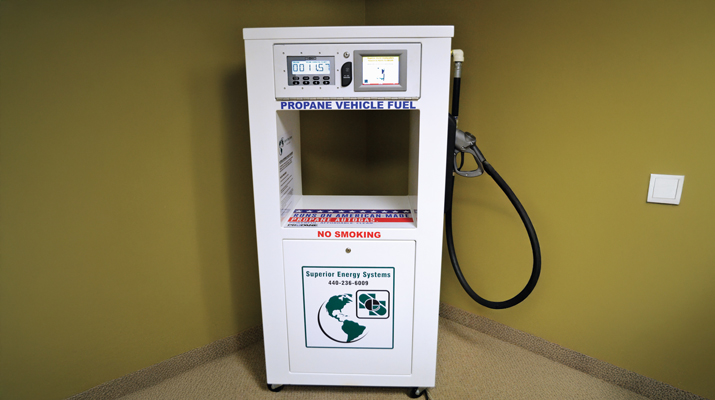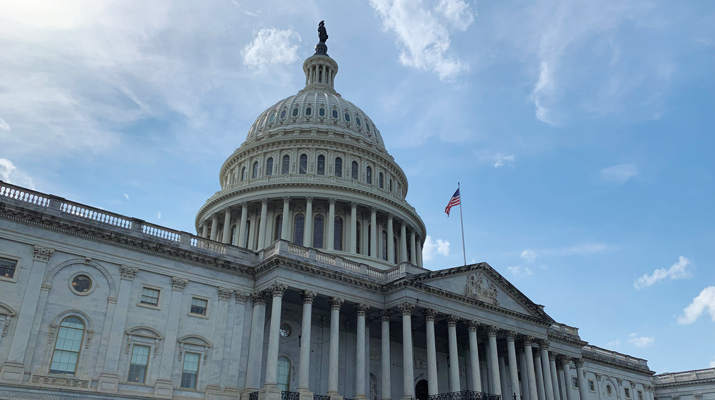2024 State of the Economy: Predicted ‘growth year’ for 2025
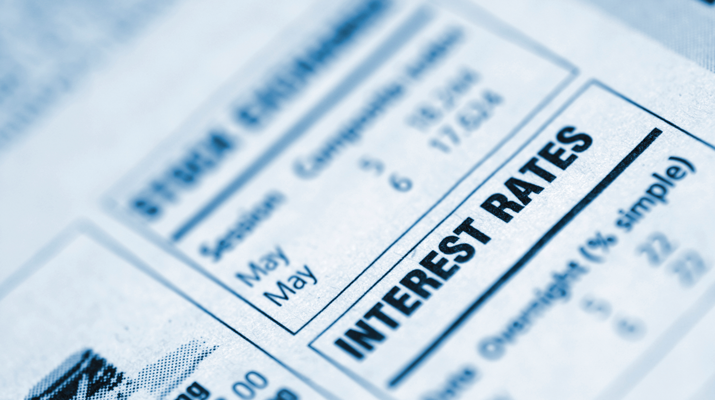
Clearing skies with a chance of showers.
Businesses can look forward to a gradually improving operating environment in 2025, thanks to lower interest rates, moderating inflation and steady if unspectacular growth in the nation’s overall economic activity.
“We look for real GDP growth of 2.5 percent in 2025,” says Bernard Yaros Jr., lead U.S. economist at Oxford Economics.
Gross domestic product (GDP), the total value of the nation’s goods and services, is the most commonly utilized measure of economic growth. “Real GDP” subtracts the effects of inflation.
The good news is that the 2.5 percent boost is not far off what economists peg as the nation’s “natural growth rate” – one that supports business activity and maintains full employment. And reduced volatility in the GDP growth pattern in recent years suggests the nation is on a glide path to a so-called “soft landing,” avoiding a recession after a lengthy inflationary binge.
Despite its positive nature, the GDP figure for 2025 is slightly lower than the 2.7 percent anticipated when 2024 numbers are tallied. That’s because the nation is in a so-called “late-stage expansion,” characterized by a tendency to slow while maintaining sufficient force to invigorate commercial operations.
Fair winds
In 2025, business owners can look forward to a decline in both interest rates and inflation – two bugbears that have drained profits in recent times.
“We anticipate a federal funds interest rate of 2.75 percent by the end of 2025, down from a recent 4.75 percent,” says Yaros. “And we look for inflation to average 2.2 percent in the final quarter of 2025, which will be within spitting distance of the Fed’s 2 percent target.”
That’s an improvement from the 2.5 percent inflation level toward the end of 2024. (These figures represent the Federal Reserve’s preferred measure of inflation: the “core personal consumption expenditure deflator,” which strips out volatile food and energy prices.)
Relief from the costs of interest and inflation will help fatten the bottom lines of businesses everywhere.
“We anticipate corporate profits will increase 9.6 percent in 2024 and 9.0 percent in 2025, up from their 6.9 percent gain in 2023,” says Yaros.
Reports from the field confirm the economists’ optimistic view.
“Our members are looking forward to a growth year in 2025, largely from expectations that interest rates will decline,” says Tom Palisin, executive director of The Manufacturers’ Association, a York, Pennsylvania-based consortium with nearly 500 member companies.
The change in fortunes can’t come soon enough, he adds.
“High interest rates have been putting constraints on many of our members who have been trying to maintain their financial margins, so relief in this area will be helpful.”
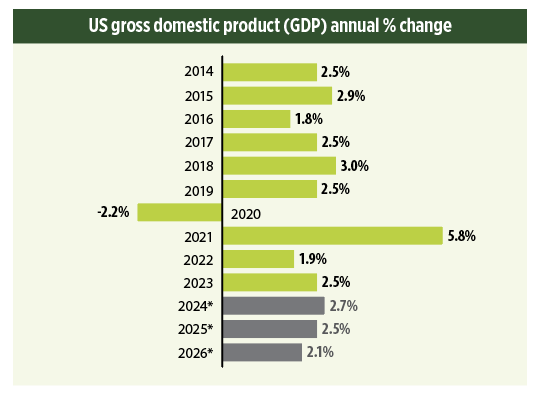
Healthy employment
The economy does better when people are optimistic, since consumer spending accounts for a large portion of the nation’s business activity.
While consumers remain troubled by the residual effects of inflation in the form of high prices for gas and groceries, they remain in a fairly good mood.
“We look for consumer confidence to move slightly higher in 2025,” says Scott Hoyt, senior director of consumer economics for Moody’s Analytics.
Why the optimism? Healthy employment levels.
“We look for the unemployment rate to end 2025 at 4.2 percent and 2026 at 4.2 percent,” says Yaros.
This is roughly in line with the 4.1 percent reported toward the end of 2024. Many economists peg an unemployment rate of 3.5 percent to 4.5 percent as the “sweet spot” that balances the dual risks of inflationary wage escalation and economic recession.
If favorable unemployment figures will encourage consumer spending, employers should also enjoy relief from the damaging effects of the past year’s tight labor conditions. Indeed, a slowdown in the rate of hiring has already helped loosen the employment market.
“Labor shortages are a thing of the past in most regions,” says Bill Conerly, principal of his own consulting firm in Lake Oswego, Oregon. “When companies want to hire, they’re able to find the people they want, unless they’re looking for something really unusual or if they’re not willing to pay the required salary.”
And speaking of salary: Softening employment growth has given workers less bargaining power, so employers are experiencing some much-needed relief from the rising trendline of worker wages. Entry-level hourly wage increases came to 3.7 percent in 2024 at Palisin’s member companies, markedly lower than the vigorous 8 percent to 10 percent levels clocked for each of the previous two years. (Historically, such increases have tended to settle in the 2.5 percent to 3.0 percent range.)
National figures concur.

“The employment cost index (ECI) is slowing,” says Hoyt, referring to a common measure of average worker wages. “We are forecasting 2.8 percent growth in 2025, compared to 3.9 percent in 2024 and 4.5 percent in 2023.”
Despite the ongoing de-escalation in the ECI, Hoyt says it remains healthy enough to support consumer spending, as does the expected increase in the nation’s total personal income level, an important driver of business activity. Like the ECI, it is expected to follow a familiar 2025 trendline: a healthy increase despite de-escalation.
“Mainly because of slower job growth, we have the increase in wage and salary income slowing to 4.7 percent in 2025, compared to our expectation of 6.6 percent for 2024 and 5.4 percent for 2023,” says Hoyt.
Maybe it’s a looser labor market, but employers are in no hurry to trim their employee rosters.
“Employers want to maintain their ability to jump on the growth side once the economy rebounds a little,” says Hoyt. “So employment levels have held fairly steady.”
Housing rebounds
Economists expect healthy growth in housing activity, a mighty driver for the economy.
“We forecast housing starts to increase by 6.2 percent in 2025, after falling by 4.7 percent in 2024 and declining 8.4 percent in 2023,” says Yaros.
Why the rebound? A decline in the cost of borrowing money and an accompanying loosening of credit standards.
“Lower mortgage rates should help the single-family home market,” says Conerly. “It will be a little less painful for people with 3 percent or 4 percent mortgages to give them up, sell their current houses and move up.”
Lower interest rates should also reinvigorate commercial construction activity – a sector that has been underperforming.
“The nonresidential side has a kind of bad reputation right now, especially when people think of downtown office or downtown retail,” says Conerly. “But office and retail are doing OK in many suburban areas. And a lot of the retail sector has been underbuilt. People thought we were totally abandoning going to the store, and it turns out we’re not.”
However, many areas of the country may continue to experience lackluster activity when it comes to multifamily residential, hotel and office construction. A change in fortune will not happen overnight.
“With lower interest rates, there’ll be an easier time lining up project financing at acceptable cost,” says Anirban Basu, chairman and CEO of Sage Policy Group. “But these things take time. We might see some softness in a meaningful fraction of contractors in 2025. And then perhaps things get a bit better in 2026 as these lower interest rates prompt more activity.”
One sector that will do well out of the gate: large-scale infrastructure projects, computer chip and battery manufacturing plants, and data centers.
“This is the era of the megaproject,” says Basu. “Future prospects are quite positive for contractors who are able to participate in major public works.”
Much of this is driven by the reemergence of industrial policymaking in America, an economic transformation that has led to programs such as the Inflation Reduction Act, the CHIPS and Science Act, and the Infrastructure Investment and Jobs Act.
All told, while economists expect lower interest rates to fuel a positive turn in business sentiment, they are hedging their bets for 2025.
“We look for business investment to rise 4.1 percent in 2024 and 4.1 percent in 2025, compared to 6.0 percent in 2023,” says Yaros.
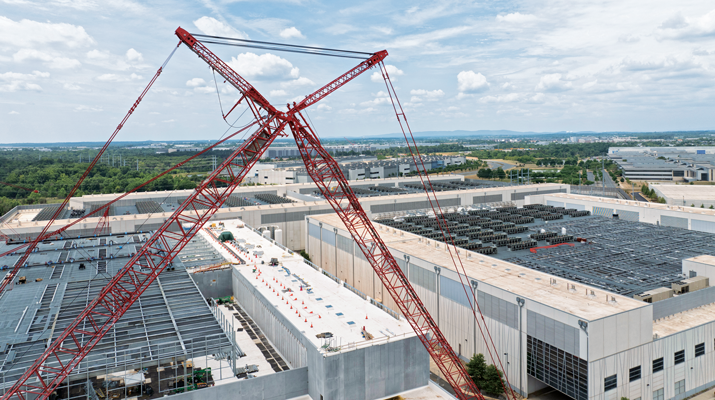
Supply chains
Businesses in all sectors will benefit from a national commitment to reposition supply chains in the United States.
“Logistical issues are persuading many CEOs to place production closer to final consumers,” says Basu. “There is also a trend toward favoring nations that provide significant protection for intellectual property.”
Relief from delivery disruptions can’t come soon enough for many operations.
“Supply chain issues are still present,” says Palisin. “We are seeing shortages around semiconductor chips and some other technological products, as well as chemicals, equipment assemblies and metal parts. That’s causing production delays and late deliveries.”
Palisin references a number of causes for supply chain issues. Over the past year, the nation has lacked sufficient skilled workers to meet production demands. And in an environment of high interest rates and slowing growth, companies did not invest as much as required in new facilities.
“As for the semiconductor situation specifically, there’s this huge demand coming up against a shortfall in global supply,” says Palisin.
While the United States is committed to the reshoring of production, the task of increasing domestic manufacturing and delivery systems will take time.
“We are not going to turn things around right away,” says Palisin.
The road ahead
Despite optimism on the part of businesses and consumers, economists eye some dark clouds on the horizon. In the opening months of 2025, they advise keeping a close watch on the following areas for any deleterious changes:
- Interest rates: “Going forward, the major concern for businesses will be the pace of interest rate cuts and where they will end up,” says Yaros.
- Inflation: “If the consumer price index returns to positive territory, that could throw a monkey wrench into many business plans,” says Conerly.
- Tariffs: “Tariffs amount to price increases for our members who have to buy materials from abroad,” says Palisin.
- Geopolitics: “An increasing level of turmoil around the world can disrupt supply chains, throwing a monkey wrench into the economy,” explains Conerly.
Concerning as these risks are, economists anticipate a fairly benign operating environment in 2025.
“The U.S. economy has been remarkably resilient despite all the hits it’s taken over the past few years,” says Yaros. “We don’t anticipate a recession, as the Federal Reserve will be dialing back the restrictiveness of monetary policy, and there are no glaring imbalances in the economy.”
Related Articles
2023 State of the Economy: Tricky terrain










